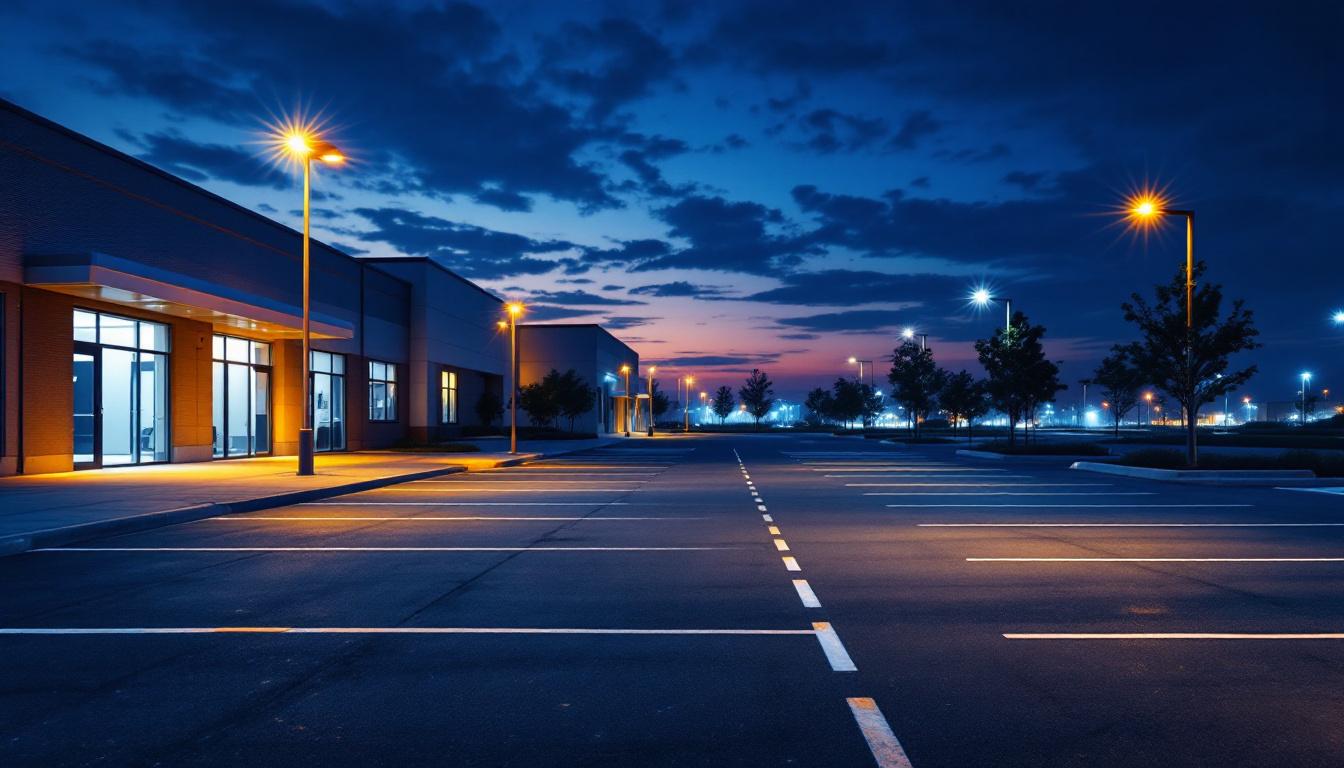
In the ever-evolving landscape of lighting solutions, LED ribbon lights have emerged as a versatile and efficient option for both residential and commercial applications. For lighting contractors, understanding the intricacies of LED ribbon technology is essential for delivering high-quality installations that meet client expectations. This article delves into the fundamentals of LED ribbons, their advantages, installation techniques, and considerations for selecting the right products.
LED ribbon lights, also known as LED strip lights, consist of a flexible circuit board populated with light-emitting diodes (LEDs). Their design allows for easy installation in a variety of settings, making them a popular choice for accent lighting, task lighting, and even general illumination. These versatile lighting solutions can be cut to length, allowing for customization in both residential and commercial applications. With advancements in technology, LED ribbon lights have become more energy-efficient and longer-lasting compared to traditional lighting options, making them an environmentally friendly choice as well.
There are several types of LED ribbon lights available, each catering to different needs and preferences. The most common types include:
When selecting LED ribbon lights, several key features should be taken into account:
Another important aspect to consider is the adhesive backing of the LED ribbons. Many strips come with a strong adhesive that allows for easy mounting on various surfaces, from walls to ceilings. However, the longevity of the adhesive can vary based on environmental conditions, so it’s wise to assess the installation area before applying. In more demanding environments, such as kitchens or bathrooms, additional mounting solutions may be necessary to ensure the strips remain securely in place.
Furthermore, LED ribbon lights can be integrated with smart home technology, allowing for remote control and automation. This feature enables users to adjust brightness levels, change colors, and set schedules through their smartphones or voice-activated devices. Such capabilities not only enhance convenience but also contribute to energy savings by allowing users to turn off lights when not in use or adjust settings based on the time of day. This modern functionality makes LED ribbon lights not just a lighting solution, but also a smart addition to contemporary living spaces.
LED ribbon lights offer a range of advantages that make them appealing to both contractors and clients. These benefits include energy efficiency, flexibility in design, and ease of installation.
One of the most significant advantages of LED technology is its energy efficiency. LED ribbons consume significantly less power compared to traditional incandescent or fluorescent lighting. This not only reduces energy costs for clients but also contributes to a more sustainable environment.
The flexibility of LED ribbons allows them to be installed in a variety of settings, from under cabinets to along architectural features. This adaptability enables contractors to create unique lighting designs that enhance the aesthetic appeal of any space.
LED ribbons have a longer lifespan compared to traditional lighting options. With an average lifespan of 25,000 to 50,000 hours, these lights require less frequent replacements, which can lead to cost savings over time. Additionally, they are more resistant to shock and vibration, making them suitable for various applications.
Proper installation is crucial for maximizing the performance and longevity of LED ribbon lights. Here are some essential techniques and tips for contractors.
Before installation, thorough planning is essential. Assess the space where the LED ribbons will be installed and determine the required length. It is also important to consider the power supply needs and whether a dimming option will be included in the design.
For optimal adhesion, ensure that the surface where the LED ribbon will be installed is clean, dry, and free of dust or grease. This is particularly important for adhesive-backed ribbons, which rely on a strong bond to stay in place.
Connecting LED ribbons to a power supply requires careful attention to voltage and amperage. Ensure that the power supply matches the specifications of the LED ribbon to avoid damage. Additionally, proper wiring techniques should be employed to ensure safety and functionality.
With numerous options available in the market, selecting the right LED ribbon can be daunting. Here are some factors to consider when making a choice.
Understanding the specific requirements of the application is crucial. For instance, a kitchen may benefit from bright, white light for task areas, while a living room might require warmer tones for a cozy atmosphere. Assessing the intended use will guide the selection process.
Not all LED ribbons are created equal. It is essential to choose products from reputable manufacturers that adhere to industry standards and certifications. This ensures reliability and safety in installations.
While it may be tempting to opt for the cheapest option, investing in quality LED ribbons can lead to better performance and longevity. Contractors should balance cost with quality to provide clients with the best value.
Like any lighting installation, working with LED ribbons can present challenges. Being prepared to address these issues can lead to smoother installations and satisfied clients.
LEDs generate heat, and excessive heat can shorten their lifespan. Proper heat management strategies, such as using aluminum channels or ensuring adequate ventilation, can mitigate this issue. It is essential to consider heat dissipation during both the design and installation phases.
Not all dimmers are compatible with LED technology. When installing dimmable LED ribbons, ensure that the dimmer switch is rated for LED use. This will prevent flickering and prolong the life of the LEDs.
Adhesive-backed LED ribbons may sometimes struggle to adhere properly, especially in high-temperature or humid environments. In such cases, using additional mounting clips or brackets can provide extra support and ensure a secure installation.
Maintaining LED ribbon lights is relatively straightforward, but certain practices can enhance their performance and longevity.
Dust and debris can accumulate on LED ribbons, affecting their brightness and efficiency. Regular cleaning with a soft, dry cloth can help maintain their appearance and performance. Avoid using harsh chemicals that could damage the LEDs or adhesive backing.
Periodically inspect the LED ribbons for any signs of damage, such as flickering or dark spots. Early detection of issues can prevent further complications and ensure that the lighting remains effective.
As technology advances, upgrading components such as power supplies or dimmers may be beneficial. Staying informed about the latest developments in LED technology can help contractors provide the best solutions for their clients.
The LED lighting industry is continuously evolving, with new innovations emerging regularly. Understanding these trends can help contractors stay ahead in a competitive market.
Smart technology is making its way into LED ribbon lighting, allowing for greater control and customization. Features such as app-based controls, voice activation, and integration with home automation systems are becoming increasingly popular.
Ongoing research and development are focused on improving the efficiency of LEDs. Future LED ribbons may offer even higher lumen outputs with lower energy consumption, making them an even more attractive option for contractors and clients alike.
Advancements in LED technology are also leading to improved color rendering capabilities. This means that LED ribbons will be able to reproduce colors more accurately, enhancing the overall aesthetic of any space.
LED ribbon lights are a powerful tool for lighting contractors, offering versatility, energy efficiency, and design flexibility. By understanding the essentials of LED ribbons, including their types, advantages, installation techniques, and maintenance, contractors can deliver exceptional lighting solutions that meet the diverse needs of their clients. As the industry continues to evolve, staying informed about trends and innovations will ensure that contractors remain competitive and capable of providing the best possible service.
Ready to elevate your lighting installations with the efficiency and versatility of LED ribbon lights? Look no further than LumenWholesale for all your lighting needs. We provide contractors with an extensive selection of top-quality, spec-grade lighting products at unbeatable wholesale prices. Say goodbye to inflated markups and hello to premium lighting with the convenience of free shipping. Make your next project shine brighter while enjoying the best value in lighting solutions. Discover the perfect blend of quality, affordability, and convenience at Wholesale Lighting at the Best Value.

Discover why lighting contractors should prioritize parking lot LED lighting in their projects.

Explore the critical role of dusk to dawn outdoor lamps in modern lighting projects.

Discover how LED high bay fixtures are revolutionizing lighting contractors’ projects by enhancing efficiency, reducing costs, and improving overall illumination quality.

Discover expert techniques and innovative strategies for lighting contractors to effectively install circular pendant lights.